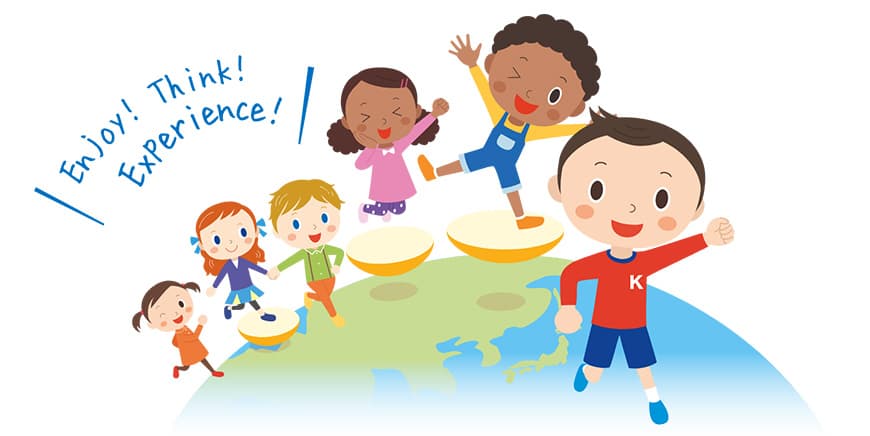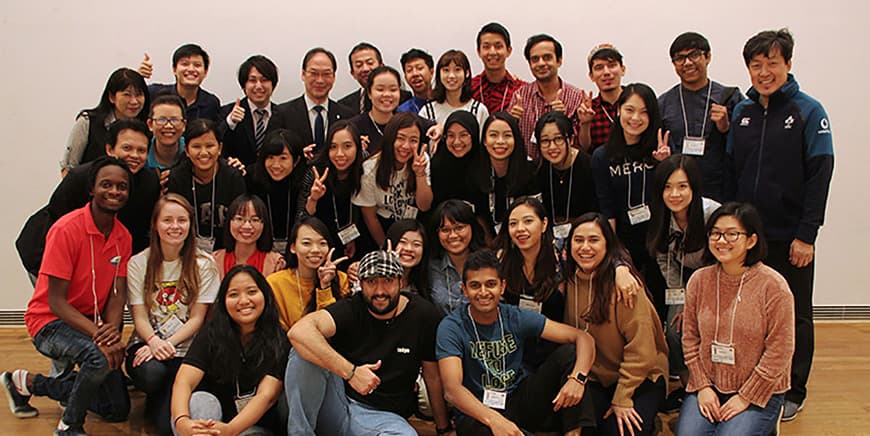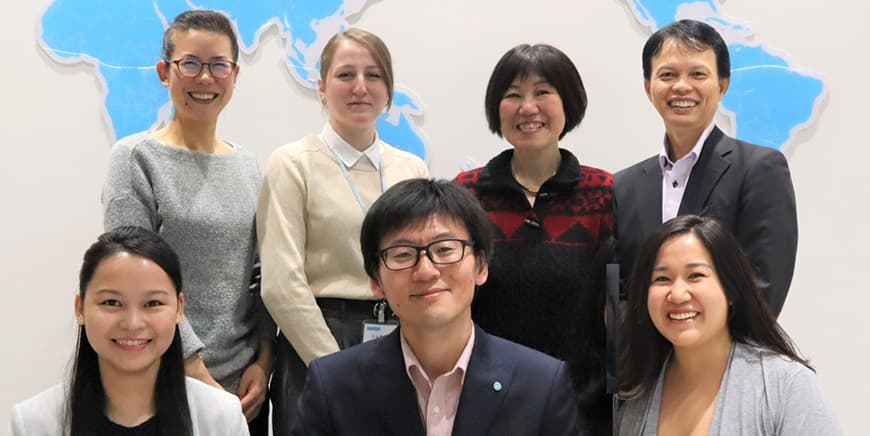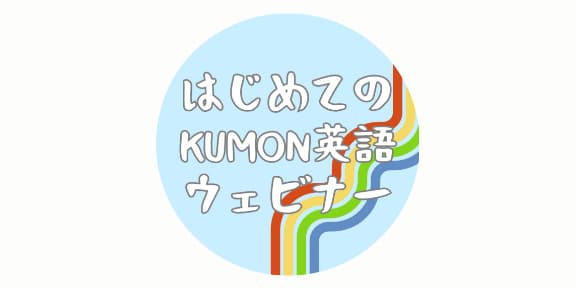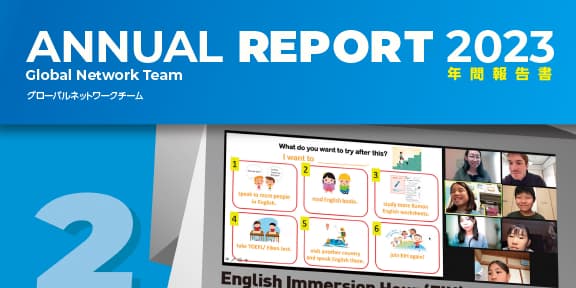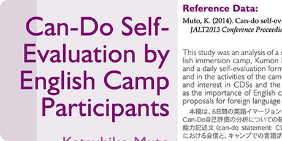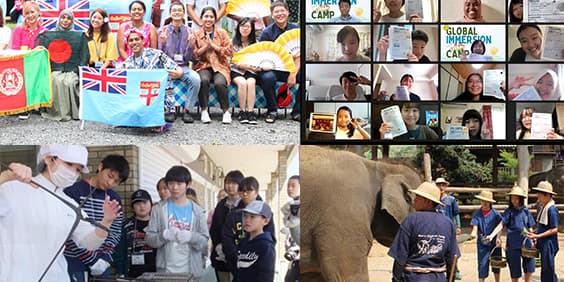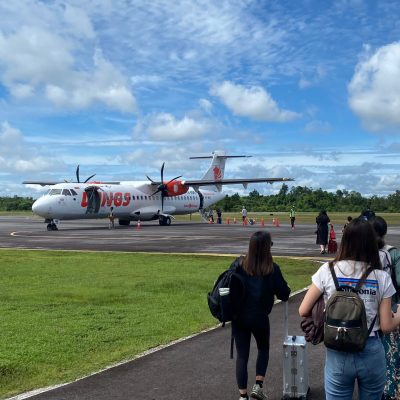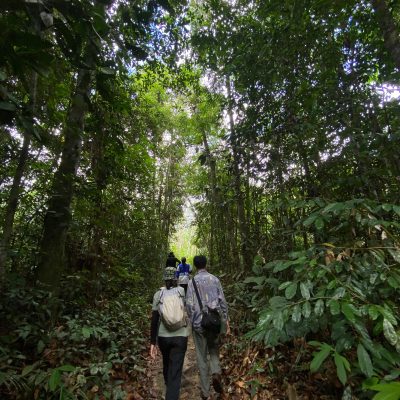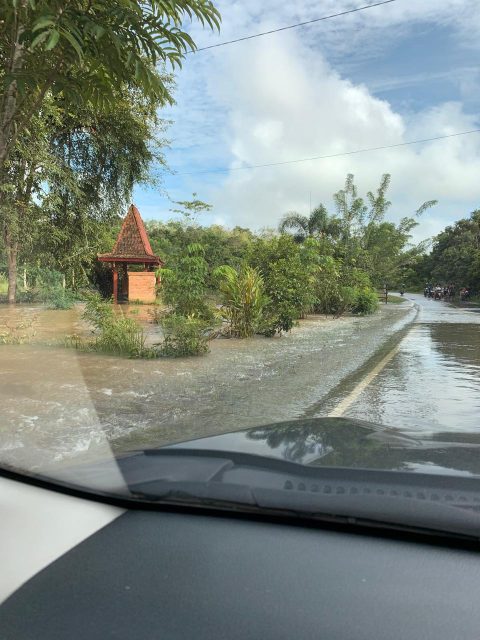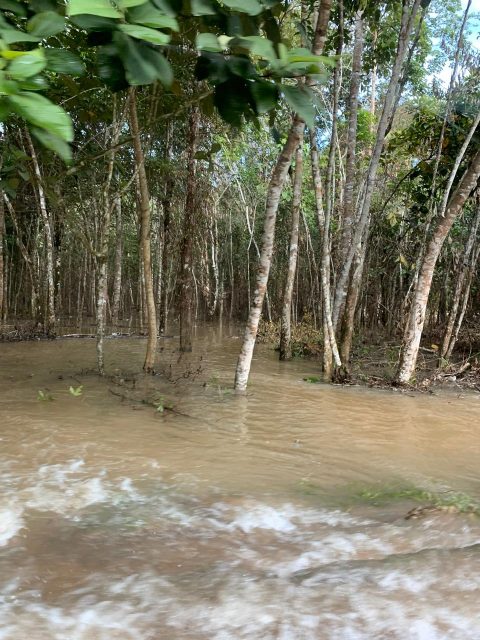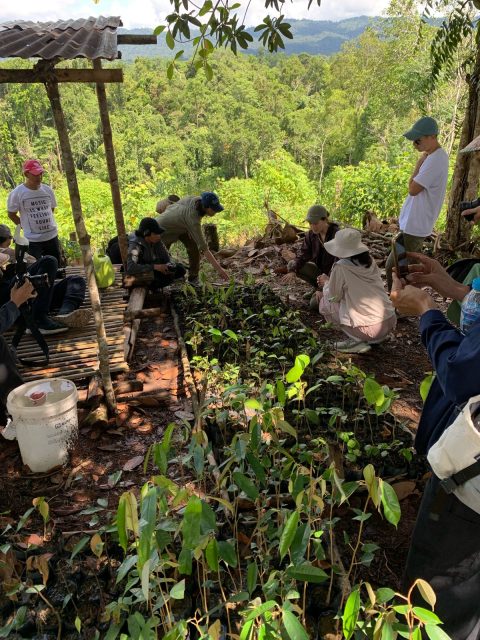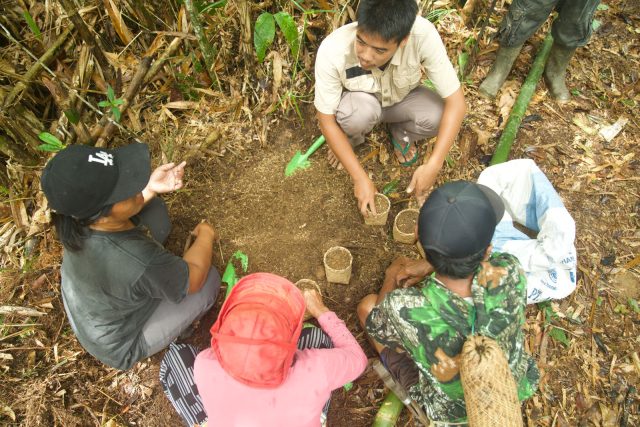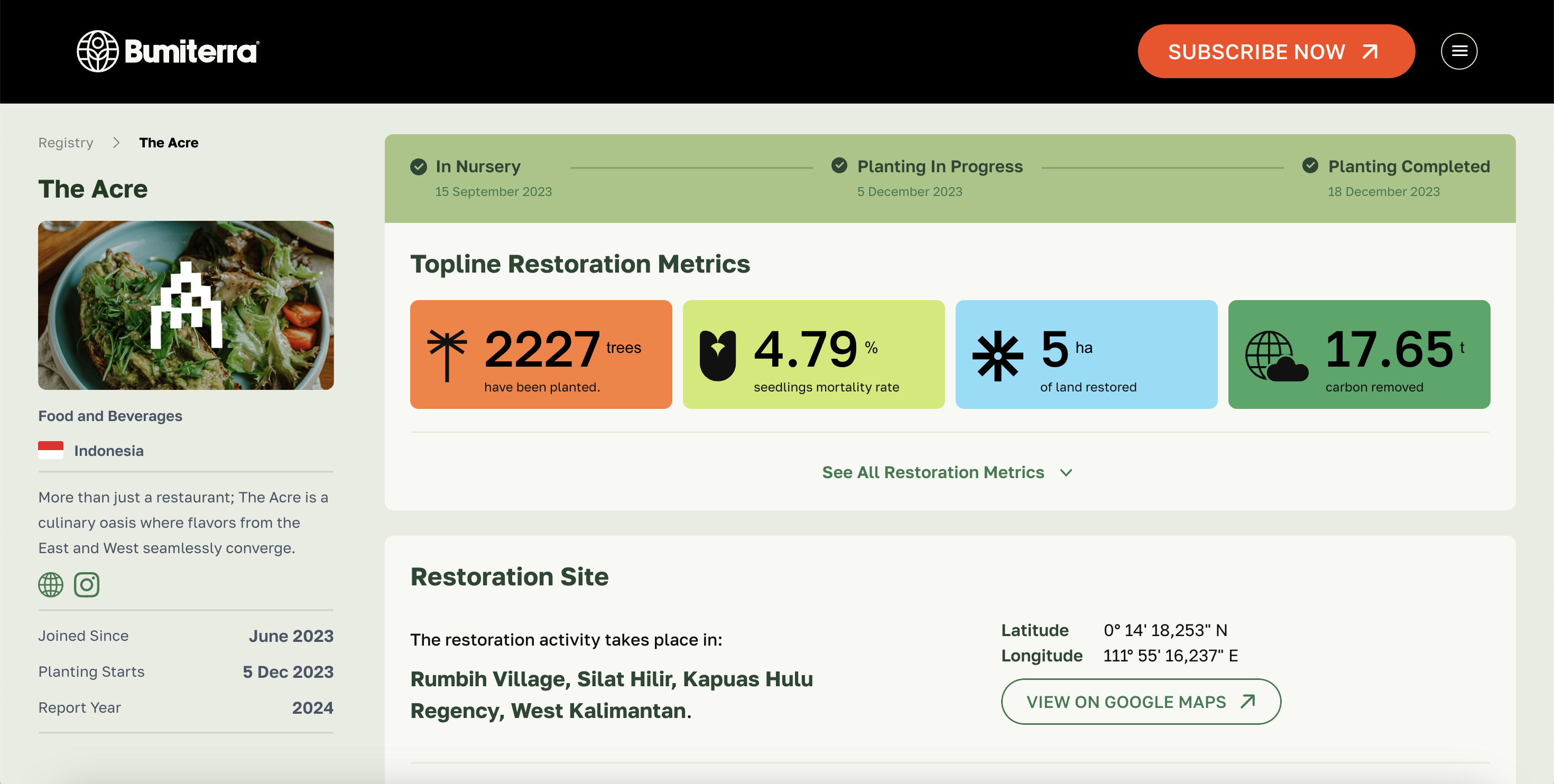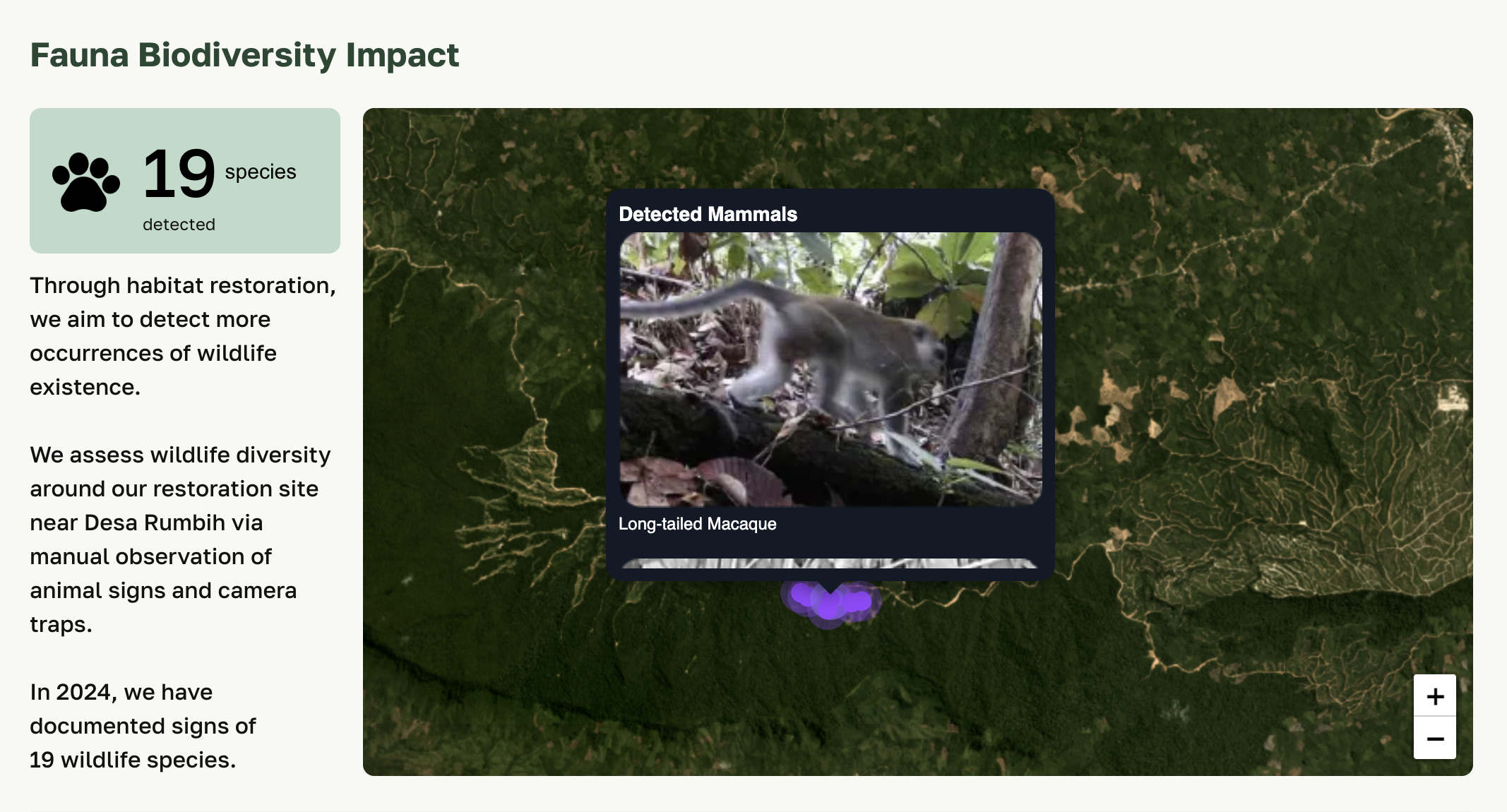レポート
Wonder the World Vol.20: “Reforestation in West Kalimantan”(西カリマンタン州の森林再生)
パティ(インドネシア出身)
パティは、立命館アジア太平洋大学で文化、社会、メディアを専攻し、2019 年に学業を終えました。パティは、大学時代にKUMONのイマージョン アクティビティ (KEIA)、EID、EIC にキャンプ リーダーとして参加しました。現在、彼女は故郷のジャカルタを拠点に活動しています。パティは環境に情熱を持っていて、勤務している環境に優しい会社で西カリマンタン州に出張したときのことを共有しています。
Patty (Indonesia)
Patty finished her studies in Ritsumeikan Asia Pacific University, with a major in Culture, Society & Media back in 2019. Patty has joined Kumon English Immersion Activities (KEIA); EID and EIC, as a camp leader during her university days. She is currently in her hometown, Jakarta. Patty is passionate about the environment, and she is sharing her recent work trip to West Kalimantan with an environmentally friendly company that she’s working for.
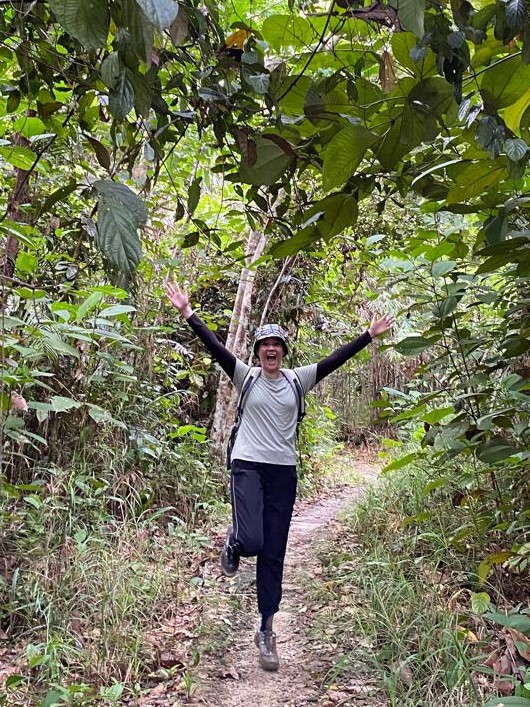
Reforestation in West Kalimantan
Hello friends, I’m Patty from Indonesia! Wherever you are reading this from, I hope you are having a lovely day. Did you know that Indonesia’s rainforests are among the largest in the world? They are also habitats to 17% of all the wildlife species on earth. I’ve recently visited one of these forests in West Kalimantan. It was a long journey that took 2 flights and a 2-hour car ride from where I live.
Unfortunately, these rainforests have been cut down for various economic activities. Not only can this lead to a decrease in the number of wildlife, but it can also deplete the soil’s nutrients. Degraded soil and lack of trees on the land means the land has less ability to absorb water during heavy rains. When this happens, the rain water, mixed with the barren soil’s sediments are brought to the water streams, preventing the smooth flow of rivers which can cause them to overflow and flood the surrounding areas, where the local communities live.
Decreasing forest levels means there are even less trees out there that can absorb greenhouse gases, among others CO2 (carbon dioxide), from everyday human activities like food & goods production, transportation and power generation. The trapped greenhouse gases in our earth’s atmosphere are causing an increase in temperature worldwide, making weather patterns everywhere more unpredictable. This climate change greatly affects the livelihood of some communities more than others.
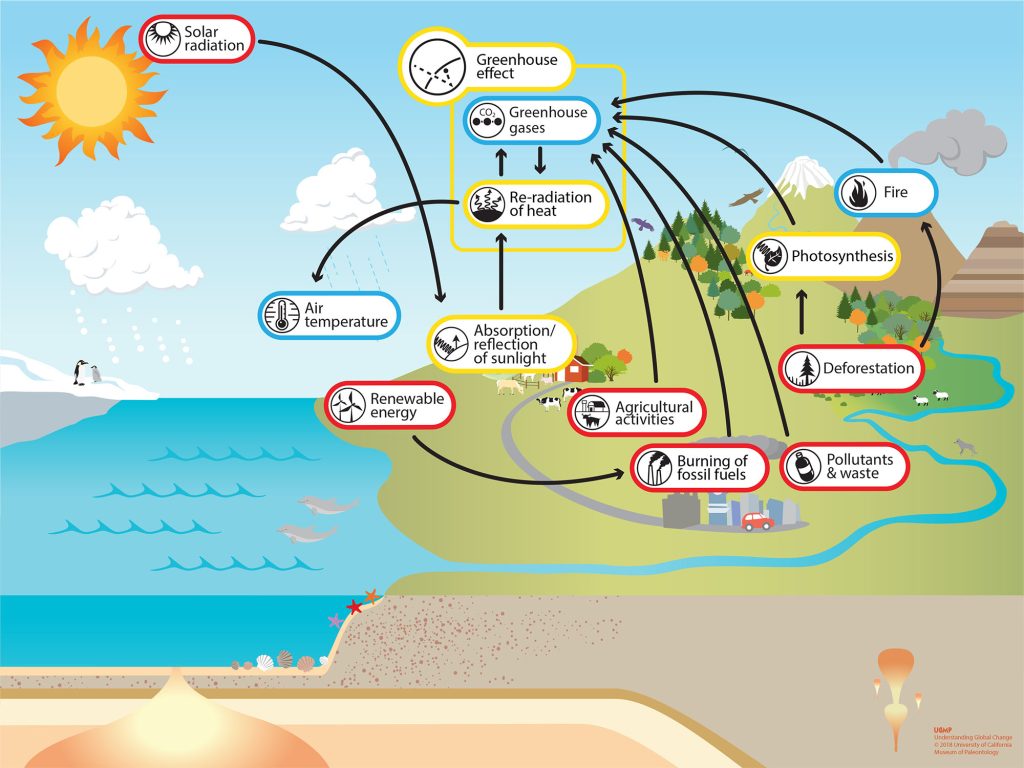
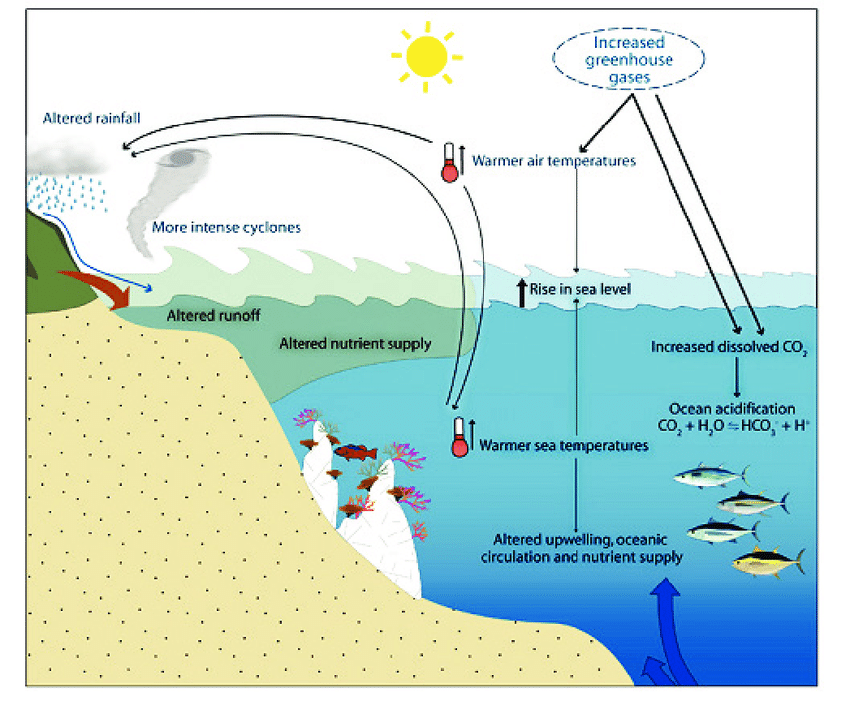
This is sad, but it is not the end! Many organizations like the company that I’m working for, Bumiterra, are taking action in protecting nature. Becoming more sustainable can be confusing for an individual, let alone businesses that are core to today’s economy. As a service, Bumiterra reforests degraded lands on behalf of companies (or even individuals) that would like to operate more responsibly and bring about change. How does this work?
Anyone can subscribe to Bumiterra’s service. Bumiterra then partners with local citizens in the reforestation area, Rumbih Village, by ‘renting’ the lands and providing the owners with monthly payments for the work they do on the field. The work includes nurturing the tree seedlings, planting and caring for them. On this land, different valuable plants are grown. When the plants produce fruits, the partners get to keep the harvest. This gives the partners access to more income while caring for the environment. The diverse trees will also maximize carbon absorption and create healthier soil as they grow different roots, add various nutrients, and support a wide range of soil microorganisms.
To keep track and keep the accountability of the projects, Bumiterra creates a public registry for anyone, including you, to see what are the impacts that have been created and who are supporting this mission to happen. You can also explore these interactive pages to discover new English words relating to sustainability and see what topics might interest you. One of my favorites is the “Fauna Biodiversity Impact”, so please tell me what yours is!
この記事のまとめ
こんにちは、私はインドネシのパティです!インドネシアの熱帯雨林が世界最大級であることをご存知ですか?これらは、地球上のすべての野生生物種の 17% の生息地でもあります。私は最近、西カリマンタン州にある森林の一つを訪れました。
これまで、さまざまな経済活動のために熱帯雨林が伐採されてきました。これは野生生物の数の減少につながるだけでなく、土壌の栄養分も枯渇させる可能性があります。土壌が劣化し、土地に木が少ないため、大雨が降ったときに土地が水を吸収する能力が低下するため、やせた土壌の堆積物と混じった雨水が水流に運ばれ、川のスムーズな流れを妨げ、川が氾濫し、周辺地域が浸水する可能性があります。
森林の減少は、食料や商品の生産、輸送、発電などの人間の日常活動から生じる温室効果ガス、とりわけCO2(二酸化炭素)を吸収できる木がさらに少なくなることを意味します。そして、世界中で気温の上昇を引き起こし、あらゆる場所で気象パターンがより予測不可能になっています。
悲しいですが、これで終わりではありません!私が働いているブミテラ社のような多くの組織が、自然保護のために行動を起こしています。ブミテラ社では、プロジェクトの影響やミッション実現の支援している人を確認できる公開レジストリを作成します。これらのインタラクティブなページを参照して、持続可能性に関連する新しい英単語を見つけたり、興味を持ちそうなトピックを確認したりすることもできます。
New words List
Reforestation 森林再生
Passionate 情熱的
Environmentally 環境的に
Rainforests 熱帯雨林
Habitats 生息地
Wildlife species 野生生物種
Decrease 現象
Deplete 枯渇する
Soil’s nutrients 土壌の栄養分
Degraded 劣化した
Lack of trees 木の不足
Absorb 吸収する
Barren soil 不毛の(やせた)土壌
Sediments 堆積物
Water streams 水流
Preventing 妨げる
Overflow 氾濫する
Flood 浸水する
Greenhouse gases 温室効果ガス
Production 生産
Power generation 発電
Temperature 気温
Unpredictable 予測不可能
Protecting nature 自然を守る
Nurturing 育てる
Microorganisms 微生物
public registry 公共登録
Fauna Biodiversity Impact 動物相(動物区系)の生物多様性への影響
この記事の感想を、ぜひ教えてね!
この記事が気に入ったら、ハートのボタンを押してね!
バックナンバー

Wonder the World Vol.9: “Gardening: Britain’s Favourite Hobby”(イギリスガーデニングの魅力)
エレナ (イギリス出身)2009年にKUMONのイマージョン キャンプリーダーを務める。現在は家族で兵庫県在住。翻訳の仕事をしていて、今年は日本に来て20周年!イギリス人はガーデニングがと...

Wonder the World Vol.17: “My Furry friend: A Lesson in Responsibility and Joy”(私の毛むくじゃらの友達: 責任と喜びについてのレッスン)
キャット(ベトナム出身)2022年開催のGIC(グローバルイマージョンキャンプ)にキャンプリーダーとして参加。2019年に日本に留学した時、これまで一緒に楽しく暮らしてきた犬と別れて暮らす...
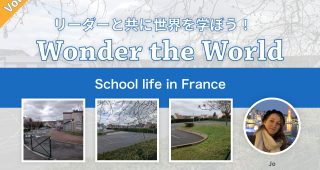
Wonder the World Vol.7: “School life in France” (フランスの小学校生活)
ジョネル(フランス出身)2021年よりイングリッシュイマージョンアワー(EIH)のグループリーダーの経験し、2022年に公文教育研究会に入社。グローバルネットワークチームで公文のイングリッ...


